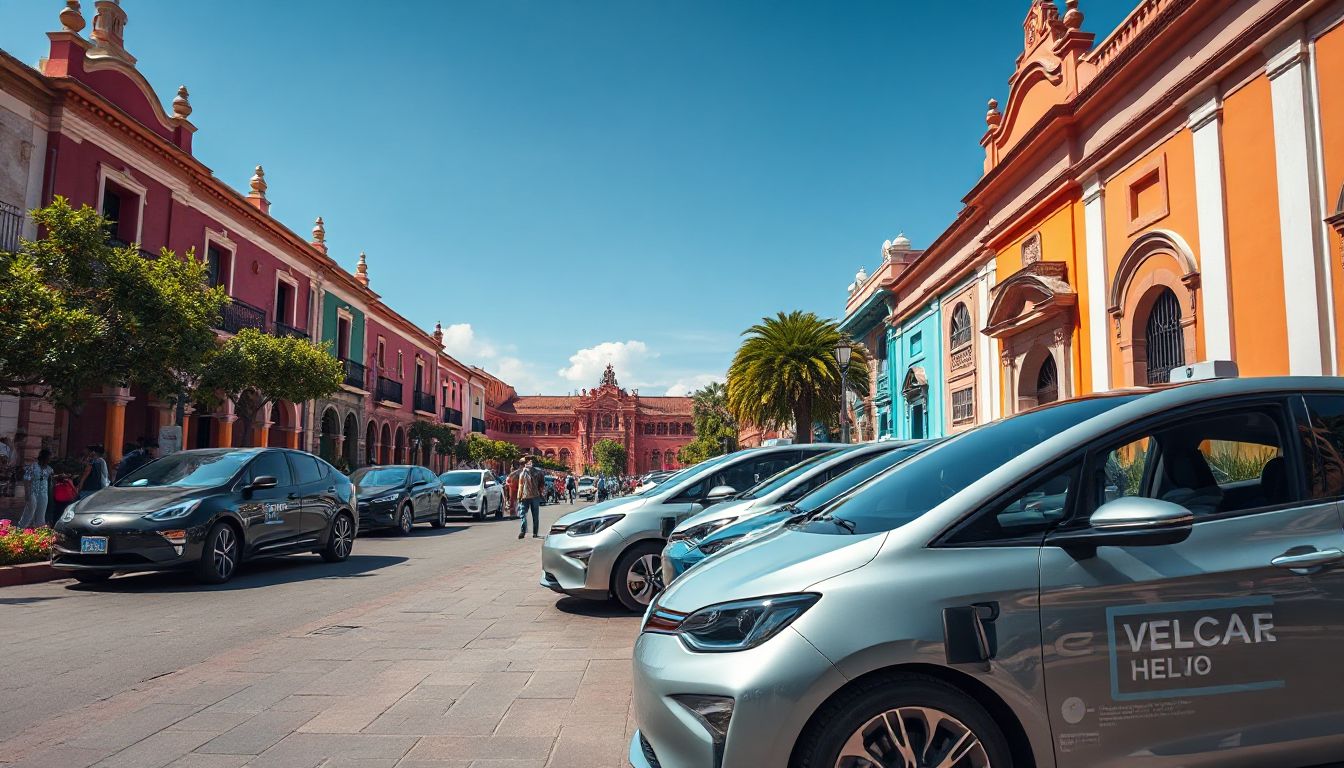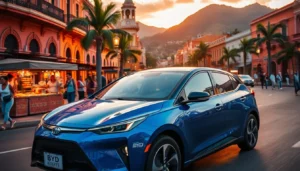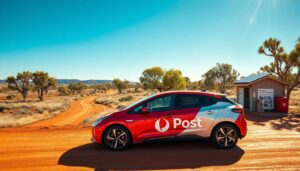Introduction
Electric vehicles (EVs) are booming worldwide, and Mexico is no different. More people are choosing electric cars to save money, help the environment, and reduce pollution. With fuel prices rising and pollution concerns growing, EVs are becoming a practical choice for many Mexican drivers. Governments are offering incentives to encourage this shift, making electric cars more accessible. This guide helps you understand what electric cars you can buy in Mexico, where to charge them, and what to expect in the future.
The Mexican Electric Car Market Overview
Current Market Size and Growth Trends
Mexico’s EV market is growing fast. In 2023, electric car sales jumped by over 30%, pushing the total EV share in the country above 4%. Experts expect this number to double in 2024. More models are available, and prices are dropping. This growth is fueled mostly by rising fuel costs, government incentives, and a push for cleaner transportation.
Government Policies and Incentives
The Mexican government is making efforts to boost EV adoption. They offer tax credits up to 15% of the vehicle’s value, along with discounts on registration fees. Several states also give perks like free parking and toll discounts. Mexico committed to cutting GHG emissions and aims to have 50% of new cars be electric or hybrid by 2030. These policies help make EVs more affordable and attractive.
Challenges Facing the Market
Despite progress, the EV market faces hurdles. Limited charging stations in rural areas still hold back some buyers. Import taxes keep prices high for some models. Many consumers also worry about the range—the distance a car can drive on a full charge. Electric infrastructure is expanding, but more stations are needed on highways and in remote regions. Automakers and the government are working on these issues to make EV travel easier nationwide.
Electric Car Models Available in Mexico
Popular Electric Cars from Global Brands
- Tesla Model 3 and Model Y: Known for long range and fast charging. Prices start around 800,000 MXN. Tesla’s Supercharger network is growing in major cities.
- Nissan Leaf: Affordable and reliable with a 240 km range. Great for city driving.
- Chevrolet Bolt EV and EUV: Spacious and efficient with a 400 km range. Available around 600,000 MXN.
Local and Emerging Brands
- KIA Soul EV and Niro EV: Stylish, efficient, and popular among younger drivers. Prices start near 600,000 MXN.
- Chinese Brands (BYD Han EV, SAIC MG ZS EV): Offer competitive pricing (around 500,000 MXN) and modern features. Rapid dealership growth in cities like Mexico City and Monterrey.
High-End and Luxury Electric Vehicles
- Audi e-tron and Mercedes-Benz EQC: Luxury performance models with high-tech interiors and bold designs.
- BMW i4: Sporty EV with up to 600 km range, starting at about 1.2 million MXN.
Charging Infrastructure in Mexico
Public Charging Networks
Major cities like Mexico City, Guadalajara, and Monterrey have built up extensive charging networks. Companies like Electrify America and local providers are adding stations along highways and near shopping centers. Fast chargers can recharge a battery to 80% in about 30 minutes.
Home Charging Solutions
Many EV owners install Level 2 home chargers, which connect to standard outlets but require professional installation. Costs range from 10,000 to 20,000 MXN. These chargers offer overnight convenience and reduce daily reliance on public infrastructure.
Future Developments
Mexico plans to add hundreds of new public chargers in the next few years. Smart chargers and solar integration for homes are gaining traction, helping drivers save on energy costs while reducing their carbon footprint.
Cost of Ownership and Incentives
Purchase Costs and Total Cost of Ownership
While EVs often have higher upfront prices, they offer long-term savings. Electricity is cheaper than gasoline, and EVs have fewer moving parts—so less maintenance. Over time, the lower cost of operation can outweigh the initial price difference.
Incentives and Subsidies
Federal and state governments offer rebates and tax benefits. For example, buyers may qualify for up to 50,000 MXN in rebates on eligible EVs. Popular models like the Nissan Leaf or Kia Niro EV become even more attractive with these incentives.
Financing Options
Banks and automakers offer EV-specific financing packages, including low-interest loans and special lease deals. Some include perks like free chargers or discounted electricity plans. Always ask dealers about current promotions.
Future Trends and Opportunities in the Mexican EV Market
Upcoming Models and Technological Innovations
New EVs coming to Mexico in 2024 and 2025 promise up to 700 km range, faster charging, and better battery life. Brands are pushing innovation in connectivity, self-driving features, and personalized driving settings.
Impact of Policy Changes
Mexico’s clean energy goals will drive stricter emissions laws and EV incentives. Gas-only car bans and tax hikes on polluting vehicles may arrive by 2030. This will accelerate the shift to electric transportation.
Consumer Education and Adoption Strategies
To improve adoption, more education campaigns are being launched. Dealerships and automakers now highlight cost savings, environmental impact, and convenience during the sales process. Social proof—seeing neighbors or friends drive EVs—also helps build trust.
Conclusion
The Mexican EV market is changing fast. Popular models like Tesla, Nissan, and Kia offer options for all budgets. Charging infrastructure is growing, making electric travel easier. Thanks to government support, owning an EV is becoming less costly. With more models and better tech arriving, now is a great time to consider switching. Stay updated on new releases and incentives—your future self will thank you for the cleaner commute and savings.




